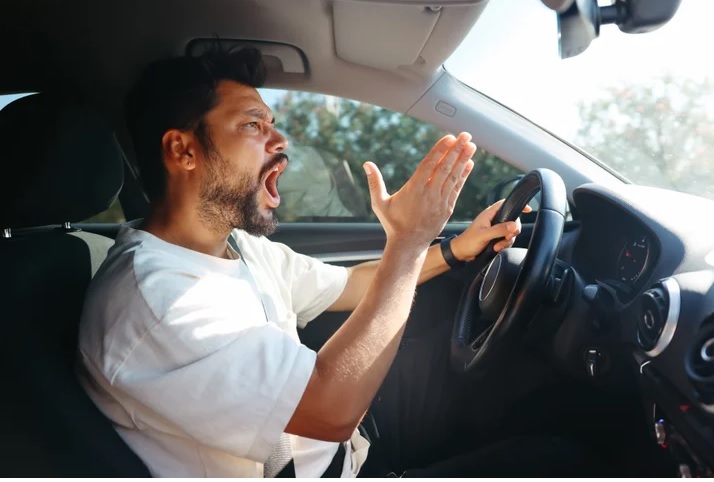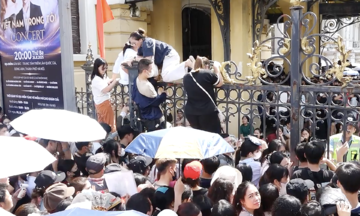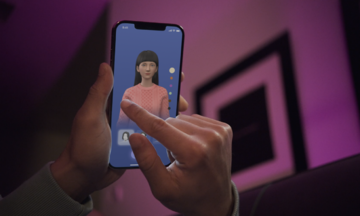"Like any shared experience, driving is safer and more efficient when guided by kindness, patience, and respect," says American etiquette expert Juliet Mitchell.
"Safety is the clearest manifestation of courtesy. It demonstrates concern not only for yourself but also for those around you," she adds.
Etiquette experts highlight the following behaviors to avoid for a smoother driving experience:
Honking aggressively
According to Diane Gottsman, modern etiquette expert, author of "Modern Etiquette for a Better Life", and founder of The Protocol School of Texas, the car horn is not a tool for expressing anger or impatience. "Use it only for safety warnings, like an impending collision," Gottsman advises.
Refrain from honking the moment the light turns green or when someone takes a few seconds to start moving. "They might see something you don't," she notes.
Refusing to yield
Jackie Vernon-Thompson, founder of From the Inside-Out School of Etiquette in Florida, advises yielding when someone signals their intention to merge. "Slow down a bit and let them in. It's basic courtesy."
In complex situations like lane closures, the "zipper merge"—where cars take turns entering the single lane—is the most effective and civilized way to maintain order.
 |
Illustration: Huffpost |
Illustration: Huffpost
Failing to acknowledge courtesy
"A simple wave or nod is sufficient to show gratitude," says Juliet Mitchell. Ignoring another driver's polite gesture can make them feel disregarded and create unnecessary tension.
Blocking driveways and entrances
"Many people park in front of driveways, store entrances, or parking lot exits without realizing the inconvenience they cause," says Vernon-Thompson. If you must stop, find a spot that doesn't obstruct other vehicles.
Tailgating
Driving too close to the car in front doesn't get you there faster; it only increases anxiety for both drivers. "Maintaining a safe following distance is a sign of courtesy and responsibility," says Gottsman. "If the car ahead is slow, change lanes when safe instead of tailgating aggressively."
Littering
"It's surprising how many people still toss water bottles, plastic bags, or leftover food out of their car windows," says Jodi RR Smith, president of Mannersmith Etiquette Consulting. Littering is not only uncivilized but also disrespectful to the community and the environment.
Multitasking while driving
"I've seen people applying makeup, eating sandwiches, and texting while driving," Gottsman recounts. She emphasizes that focus is crucial for safe and courteous driving. Such behavior demonstrates a disregard for one's own safety and that of others.
Stealing parking spaces
It's frustrating to see someone cut in front of another driver who is clearly waiting with their signal on to park in a spot. Parking, like everything else, requires queuing, and courteous drivers respect that.
Making rude gestures
"Making obscene gestures, yelling, or cursing behind the wheel can make driving dangerous," Mitchell warns. "You never know the other person's mental state." Instead of reacting angrily, take a deep breath and continue your journey. The goal isn't to win an argument, but to arrive home safely.
Impatience in delays
"Traffic jams, waiting for pedestrians, or construction delays are no excuse for becoming rude," Gottsman says. Losing your composure only adds stress for everyone involved.
Drivers should understand that driving is not merely a skill but also a test of composure, respect, and tolerance.
"Communication while driving isn't verbal, but your actions send signals," says Humbert. Kindness doesn't slow you down; it helps everyone reach their destination safely and with less stress.
Nhat Minh (Huffpost)












